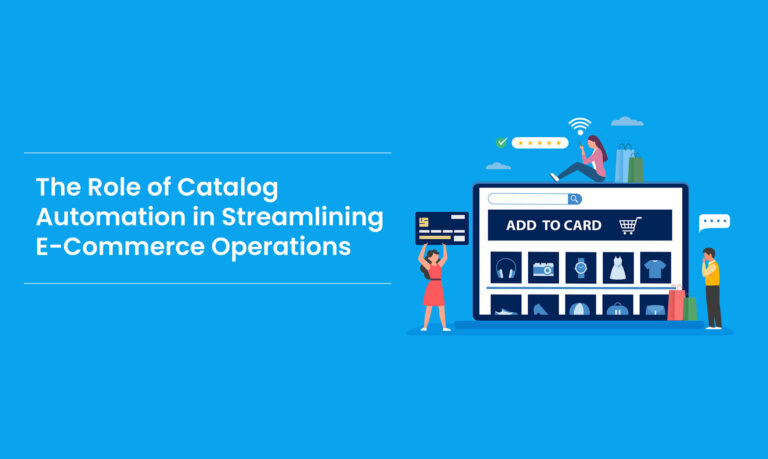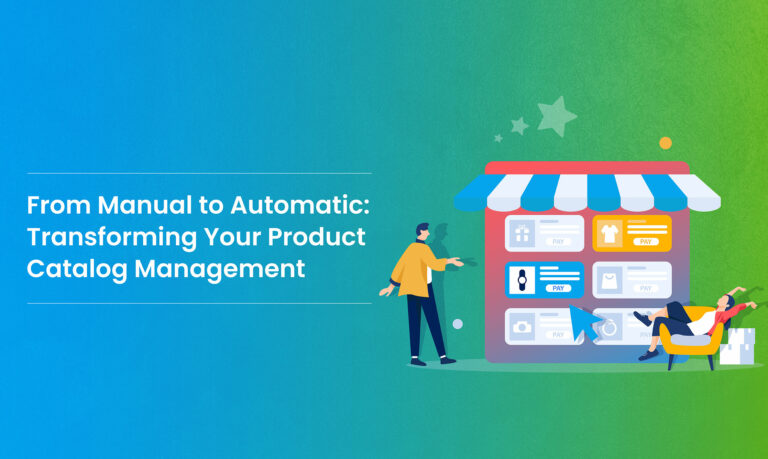Introduction
In the digital world, ensuring accessibility for all users is crucial for an organization’s success. Among the many advanced solutions that foster inclusivity, image-to-text services stand out as powerful solutions. By converting images into text, tools such as Rubick.ai create a world of content that might otherwise remain inaccessible, along with offering a host of other benefits. In this article, we will understand the significance of image-to-text services, exploring how they revolutionize content accessibility and their other advantages.
Breaking Down Barriers with OCR
Optical Character Recognition (OCR) is like a backbone for image-to-text services, making content accessible to everyone. If someone has trouble seeing, OCR transforms text in pictures into a language machines can understand. So, when a screen reader is used, it can accurately read the content aloud. This helps not just a specific group but everyone. OCR follows rules like the Web Content Accessibility Guidelines (WCAG) to make sure content is usable for all. It creates a digital space where information is available to everyone, no matter their abilities. It’s like making the digital world open and friendly for everyone.
Enhancing User Experience
Image-to-text services do more than just follow rules; they make the user experience better. Think about finding a picture with important info but no text description. That can be frustrating, right? Image-to-text services fix this by providing accurate and accessible text versions.
It’s not just for people with vision challenges; it’s for everyone. Now, the content is there for everyone to understand easily. It’s like making sure things work smoothly for everyone – that’s the idea behind universal design. So, using these services not only follows good practices but also makes the online experience seamless and enjoyable for everyone.
Beyond Accessibility Compliance
Image-to-text services go beyond simply meeting standards; they contribute to creating an online space that welcomes everyone. These services help users with different needs feel included. Instead of just following the rules, they show that an organization cares about diversity and designs things with users in mind. It’s not just about ticking boxes; it’s about making inclusivity and accessibility essential in the digital plan. This approach not only meets expectations but also shows that the brand values making the online world open and welcoming to everyone.
Streamlining Content Management
Efficient content management is crucial for those making decisions in the middle of the management chain. Image-to-text services using optical character recognition technology help make this process smoother.
- Converting Images to Editable Text: These services quickly change image-based documents into editable text. This saves a lot of time for your team, making information more accessible.
- Integration with Content Management Systems (CMS): These services easily work with existing CMS, making the workflow smoother. This helps in better collaboration among team members.
- Enhancing Searchability within Documents: Changing image-based text into something you can search improves how fast you find information. This boosts the efficiency of managing content.
- Ensuring Consistency in Document Formatting: By turning images into editable text, these services help keep a consistent look in documents. This makes documents look professional and well-organized.
- Facilitating Quick Analysis: Having access to editable text lets decision-makers analyze information in documents quickly. This supports making timely and informed decisions.
Together, these features make content management more efficient. They empower mid-management decision-makers to focus on important tasks without struggling with data that are hard to access. It’s like having tools that make managing information easier and more organized.
Boosting SEO and Discoverability
In the online world’s tough competition, making content easily found by search engines is a constant challenge. Image-to-text services step in to help a lot in this.
- Converting Image-Based Text into Searchable Content: These services change the text in images so that search engines can understand and find it. This is a big deal for making content more discoverable.
- OCR Technology Boosting SEO: The special OCR technology in these services ensures that search engines can recognize the text in images. This makes SEO efforts more effective.
- Improving Content Discoverability: When search engines can understand the content, it becomes easier for people to find it online. This improves how many people see the content, making it more relevant and visible in the vast world of online searches.
So, these services play a vital role in ensuring that content doesn’t get lost in the vast digital space. They make it more likely for people to discover and engage with the content, helping it stay relevant in the digital era dominated by online searches.
Efficient Multilingual Support
In our globalized world, supporting multiple languages is now essential. Image-to-text services using OCR technology are excellent at quickly converting text from images, even in different languages. This not only helps overcome language barriers but also meets the diverse linguistic preferences of a worldwide audience.
For mid-management decision-makers handling international operations, this feature is crucial. It ensures that information is easily accessible and understandable, no matter the language, fostering effective communication and inclusivity in a global setting.
Fostering Collaboration
Image-to-text services play a crucial role in fostering collaboration by making content from images accessible and editable. This ensures team members can easily share and discuss insights, data, and information, leading to well-informed decisions. The collaborative features of these services add agility to the decision-making process, making it more efficient. This enables teams to tap into the collective intelligence within the organization, promoting a collaborative environment where information flows seamlessly for better decision outcomes.
Improving Document Security
For mid-management decision-makers, keeping sensitive information secure is a top priority. Image-to-text services step up document security in a few ways:
- Editable Formats: They turn image-based text into editable formats with controlled access, making it easier to monitor who sees what.
- Searchable Content: By creating searchable content, finding information becomes quicker, reducing the risk of unauthorized access.
- Access Control: These services provide ways to control and limit access to confidential information, keeping it within authorized boundaries.
- Audit Trails: They create audit trails to track interactions with documents, adding accountability and ensuring compliance.
These security features not only protect sensitive data but also play a vital role in maintaining the integrity and confidentiality of organizational documents.
Adapting to Evolving Technologies
For mid-management decision-makers, keeping up with technology is a must. Image-to-text services, evolving with advanced OCR technology, highlight an organization’s dedication to staying tech-savvy through:
- Continuous Updates: Regular updates with the latest Optical Character Recognition algorithms show a commitment to improvement.
- Compatibility: Ensuring these services work well with new technologies, platforms, and software systems.
- Scalability: Adapting to the organization’s growth by offering scalable solutions that fit evolving tech needs.
- Cross-Platform Integration: Easily working with various platforms and devices, providing flexibility in tech adoption.
These adaptable features ensure decision-makers and their teams are well-equipped to navigate a changing tech landscape, showcasing organizational agility and preparedness for the future.
Exploring Multifaceted Benefits
Understanding the diverse impact of image-to-text services goes beyond their immediate applications. Decision-makers can appreciate these services for their multifaceted benefits, including:
- Cost-Efficiency: Reducing costs associated with manual transcription and content extraction processes.
- Environmental Impact: Contributing to sustainability goals by minimizing paper-based document handling.
- Enhanced User Satisfaction: Elevating user satisfaction by providing accessible and user-friendly content experiences.
Recognizing the broader advantages of image-to-text services enables decision-makers to make informed choices that align with organizational goals and values.
Conclusion
In conclusion, the integration of image-to-text services powered by OCR technology transcends the realm of mere compliance. As mid-management decision-makers, embracing these tools becomes imperative for staying ahead in the digital landscape. Beyond ensuring accessibility, these services position your organization at the forefront of inclusive and user-centric practices.
Consider incorporating Rubick.ai into your content strategy to elevate accessibility, streamline processes, foster collaboration, improve document security, adapt to evolving technologies, and measure impact through analytics. In doing so, your organization not only meets regulatory requirements but also embraces a future where accessibility and inclusivity are key pillars of digital success.

